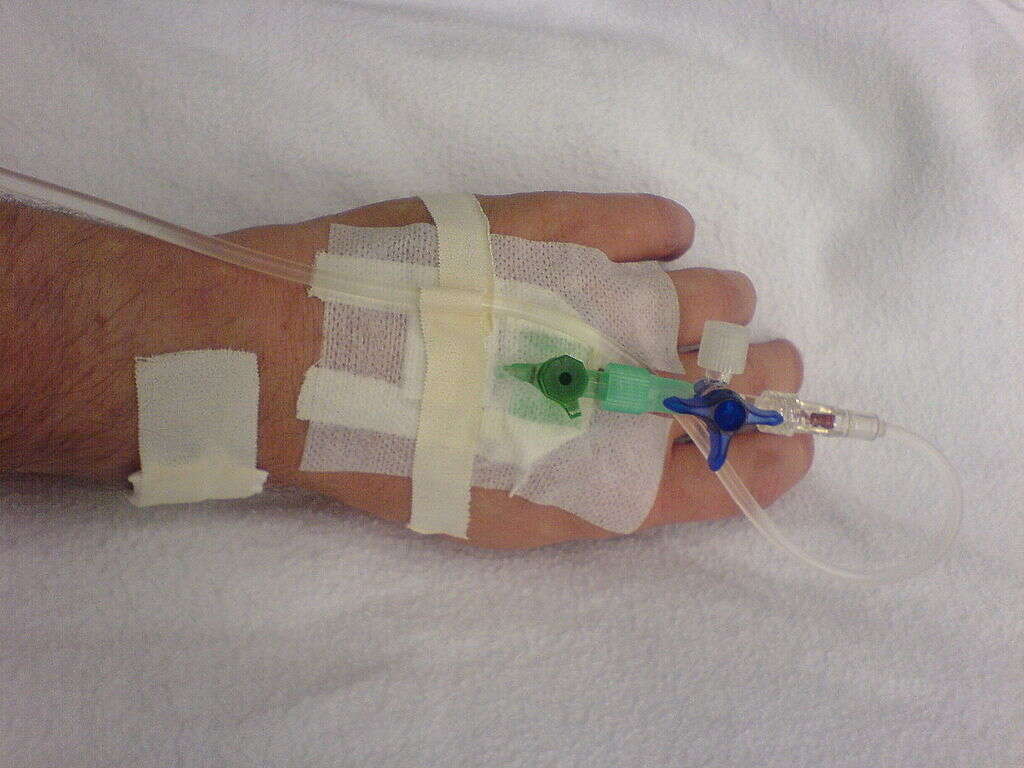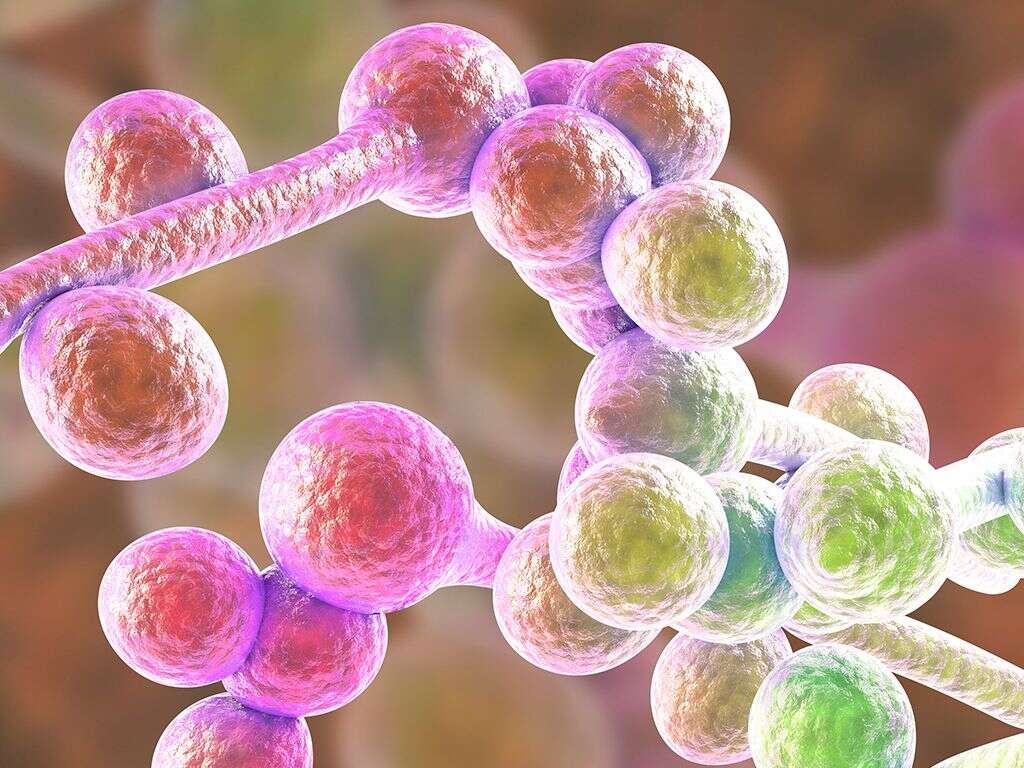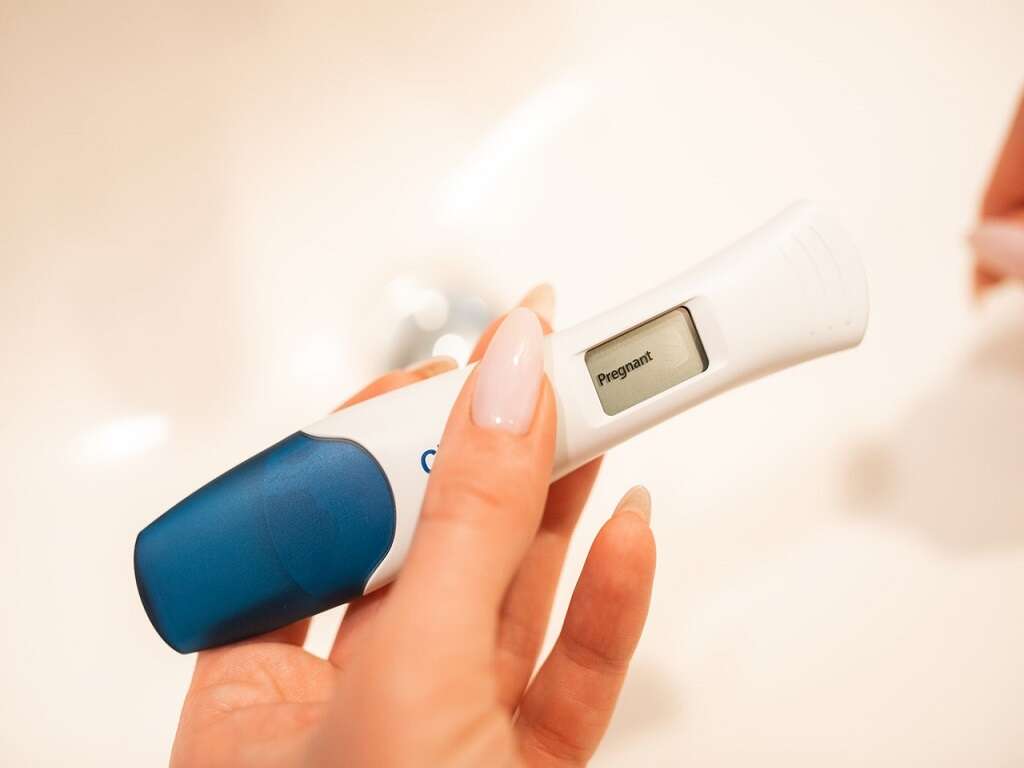Yeast Infection Causes, Symptoms & Treatments
Yeast infection or candidiasis is a type of fungal infection. There are many types of Candida yeasts that can infect and cause issues in humans. The commonest strain is known as Candida albicans. These candida yeasts are usually found in the intestinal tract, mucous membranes, and skin without causing any issues or infection. However, the overgrowth of these yeasts can cause many symptoms depending on which part of the body is infected.
The candida species are opportunistic pathogens that find any chance they can to access the circulation and deep tissues. Individuals with a weaker immune system such as those with human immunodeficiency virus infection, diabetics, and those who are taking medication after organ transplantation.

Cause #1: Use of Antibiotics
The use of antibiotics can cause changes in hormone levels and destroy the balance of bacteria and yeast that are present. Antibiotic use kills off the bacteria and upsets the delicate balance causing yeast overgrowth.
While you are taking antibiotics, some practices such as making dietary changes (eating yogurt can help as it contains lactobacillus that restores the balance of bacteria and fungus, eating fermented foods, taking probiotic supplements, limiting sugar intake), observing good hygiene (avoiding douching, avoiding scented products, using pads instead of tampons, use unscented toilet paper, drying yourself after using the bathroom) and wearing appropriate clothes (wear cotton underwear, avoid tight clothing).

Cause #2: Diabetes
There is a significant link between diabetes and yeast infections. Since yeast thrives off sugar, in diabetics who do not have well controlled blood sugar, yeast overgrowth can easily occur especially in the vaginal region for women. By controlling your blood sugar, it can help lower the risk of yeast infection.
Diabetics should go through screening for yeast infections as if left untreated, can sometimes cause severe health complications. If you have diabetes, you should discuss with your doctor about planning a screening schedule. Both type 1 and type 2 diabetics are affected.
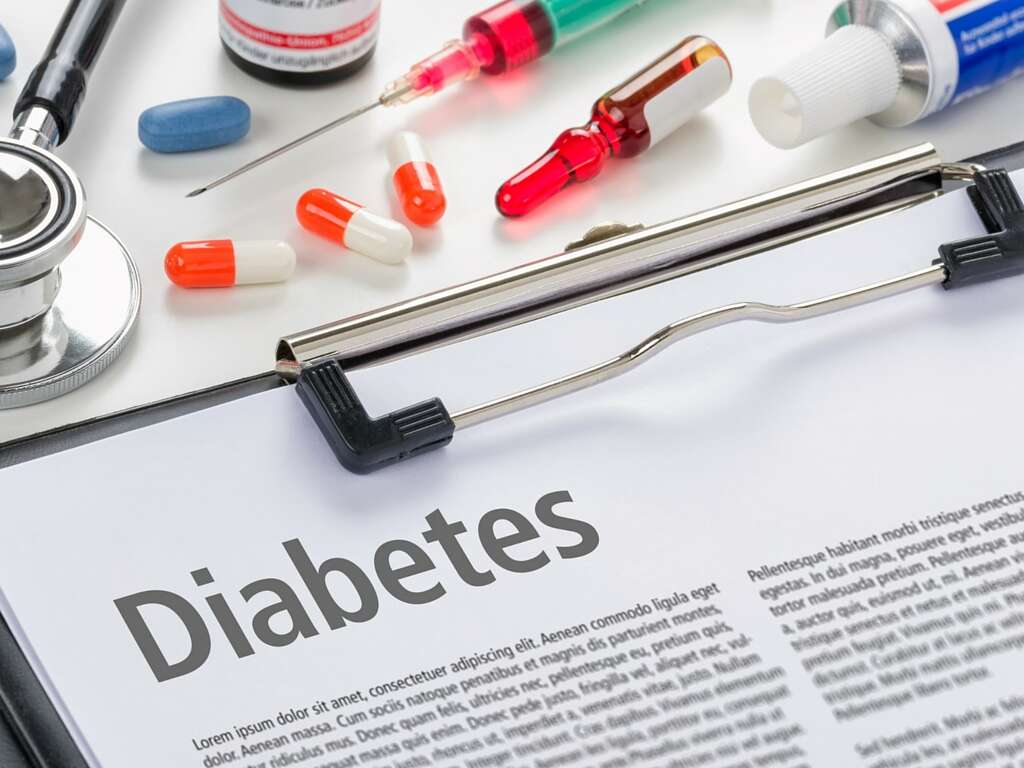
Cause #3: Other Causes
There are many other causes that can lead to a yeast infection. Anything that result in the disruption of balance between bacteria and yeast or hormone levels can result in a yeast infection. For example, some women who are taking birth control pills or undergoing hormone therapy may experience yeast infection.
The changes in the hormones estrogen and progesterone such as in women who are pregnant, or breastfeeding can lead to a yeast infection. Other causes include individuals who are using inhaled corticosteroids, have dentures and are immunocompromised, and babies who do not have their diapers changed often enough.

Symptom #1: Oral Thrush
Oral thrush or oral candidiasis is a yeast infection that affects the mouth. There is candida infection on the mucous membranes causing coating or patches of white slough on the oral mucosa. It can be wiped away revealing a reddened area that may sometimes bleed.
The appearance of white slouch is sometimes described as looking like “curdled milk” of “cottage cheese”. It can affect any part of the oral cavity but most commonly appears on the palate, tongue, or buccal mucosa. It affects individuals with compromised immune systems and infants.
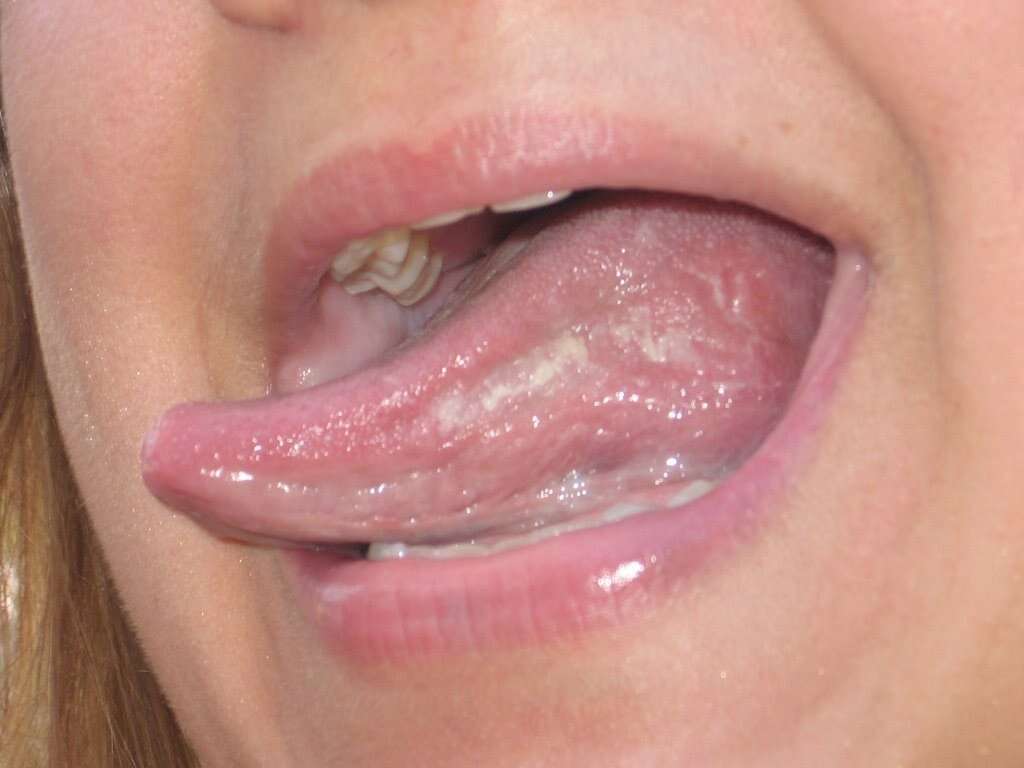
Symptom #2: Vaginal Yeast Infection
Those with a vaginal yeast infection may complain of intense itching, swelling, burning sensation during urination, soreness, pain during intercourse, redness, and rash. There may also be whitish clumpy vaginal discharge that is likened to cottage cheese.
If you suspect you have a vaginal yeast infection, you should seek treatment as the symptoms may worsen if left untreated. For treatment, your doctor may prescribe an antifungal cream, tablet, ointment, or suppository. There are also over the counter yeast infections available in most pharmacies.

Symptom #3: Cutaneous Candidiasis
Cutaneous candidiasis or candidiasis of the skin usually occurs in skin folds and creases such as armpits, groin, under the breasts, between fingers, edges of nails, corners of the mouth, and more. The affected area typically has a red and itchy rash that may spread to other parts of the body if left untreated. In more severe cases, the infected skin can crack and become sore.
Pustules and blisters may be present. To the untrained eye, it can be mistaken as a ringworm infection, hives, contact dermatitis, herpes, eczema, or psoriasis. While it is not contagious, those with compromised immune systems may develop an infection after touching the infected area.
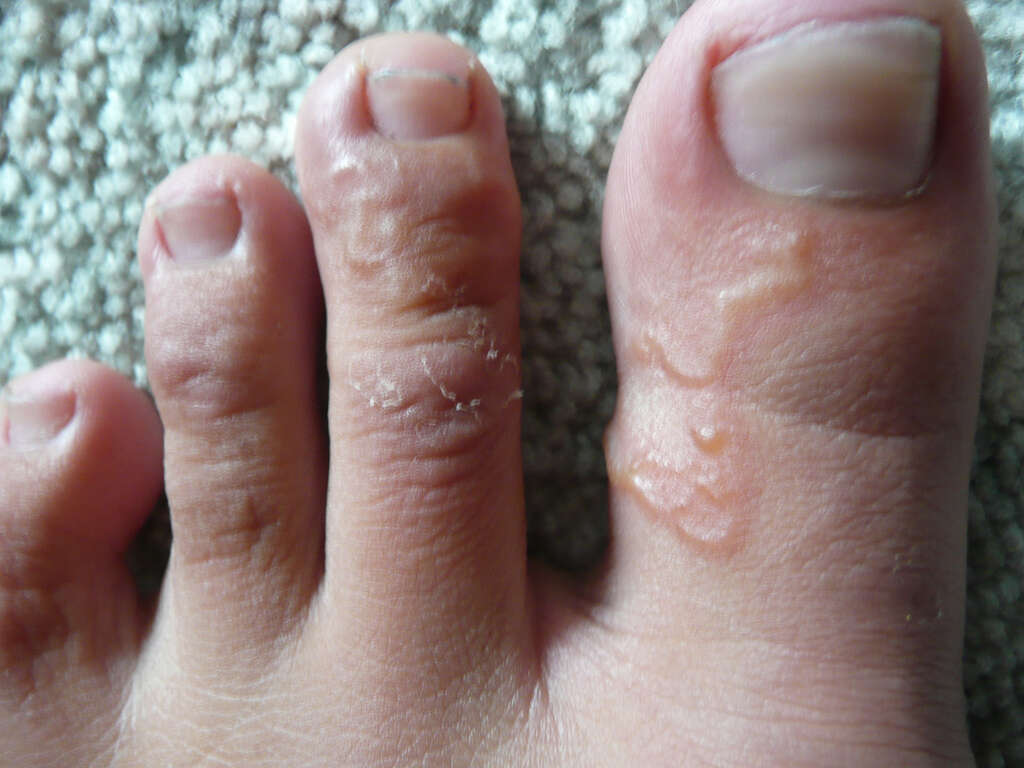
Treatment #1: Home Remedies
In cases of cutaneous candidiasis that are not severe, home remedies can be helpful. The most important step is hygiene. The skin should be washed and dried regularly. Other tips are to change out of damp clothes quickly, wear loose clothing, use scent free soap that is gentle on the affected areas, taking probiotic supplements, and cutting down your sugar intake.
Those with diabetes should also keep their blood sugar under control. Some foods that homeopathic professionals believe can help are consuming yogurt, apple cider vinegar, garlic, and cranberries. Coconut oil and boric acid can also be used topically.

Treatment #2: Azoles
Azoles are a class of antifungal drugs. Some examples are fluconazole, itraconazole, tioconazole, terconazole, and more. Topical forms can be used to treat localized of superficial candida infections such as cutaneous candidiasis, vulvovaginal candidiasis, and oropharyngeal candidiasis.
Some of the side effects of azoles are diarrhea, constipation, dizziness, headache, drowsiness, nausea, and vomiting. If you are currently taking any medication, be sure to inform your doctor as azoles can interact causing the azole to become less effective or liver issues.

Treatment #3: Echinocandins
Echinocandins are new antifungal drugs that work by inhibiting the synthesis of cell walls of the yeast. This class of drugs are effective only against specific yeasts. Some examples of echinocandins are caspofungin, anidalufungin, and micafungin. Echinocandins are generally well tolerated with mild side effects such as fever, nausea, vomiting, headache, and abnormal liver function tests (such as aminotransferases and alkaline phosphatase levels).
There is some resistance to echinocandins in some candida albicans strains. Echinocandins are usually administered intravenously due to poor oral bioavailability (there is a low proportion of drug that enters the blood circulation if taken orally).
